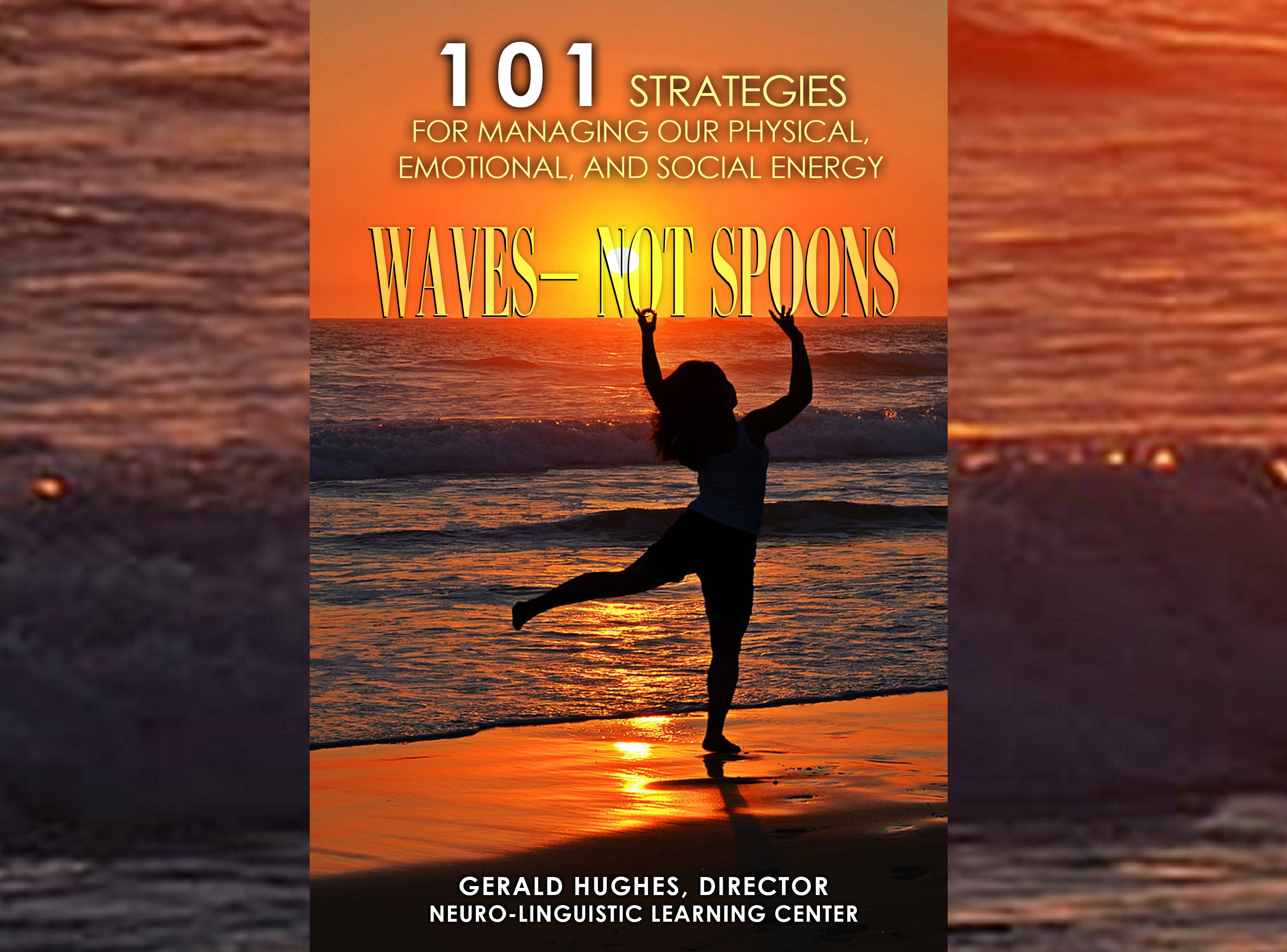Your cart is currently empty.

Chapter 8: Communication, from Waves--Not Spoons
Communication is like a dance. It requires the participation of both parties. It requires focus and attention. And, as we discussed in previous chapters, it requires energy.
For our purposes, the basic communication wave is made up of speaking and listening. As a social convention, it is typically appropriate for the speaking and listening to be relatively balanced.

While this may seem obvious, it is all too common for conversations to be dominated by one person.
In some cases, a one-sided conversation is intentional and fills a need expressed by one or both parties.
At other times, a one-sided conversation may simply be due to a lack of awareness on the part of one or both parties.
If a person compulsively feels the need to dominate the conversation or be the center of attention, this may be a sign of past negative experiences, low self-esteem or an insecurity that warrants further attention.
Conversely, if a person finds himself unable to actively participate in a conversation or compulsively avoids being seen as the center of attention, this may also be a sign of past negative experiences, low self-esteem or an insecurity that warrants further attention.
That said, if the issue is simply a lack of awareness then creating new healthy communication habits should go a long way to balancing out the dance.
It should be noted that strong emotions, like stress, anxiety, anger, and even excitement, can interfere with that awareness. The more relaxed and focused we are, the more likely we are to maintain our awareness.
In addition to exercising awareness, there are some basic communication skills that anyone can use to improve their communication effectiveness.
While strictly speaking these are not part of the Waves Model, we’ve included them along with other exercises to support our readers.
In previous chapters, we looked at people’s personalities and how they perceive and process sensory information.
As one would expect, it is natural for people’s speaking and listening to reflect their personalities and how they perceive and process information.
We might call this speaking and listening their communication style. And it is not uncommon for two people with different personalities to have very different communication styles.
For example, folks who are visually dominant may tend to speak and respond to words and phrases that reflect their visual dominance. “Can you see/picture…” or “It’s clear to me,” are just a few phrases a visually dominant person might use.
Conversely, auditory dominant persons may respond to phrases like, “I hear/heard you” or “It sounds good to me”.
Those of us who are logically dominant may tend to use phrases like, “It makes sense to me” or “That seems logical”.
While feeling/emotionally dominant folks may say, “It feels like…” or “I would love to…”.
Without awareness, it is absolutely possible for two people to speak and hear the same word but have a completely different understanding due to differing communication styles.
Click here for more about communication and Waves--Not Spoons.
Leave a Reply